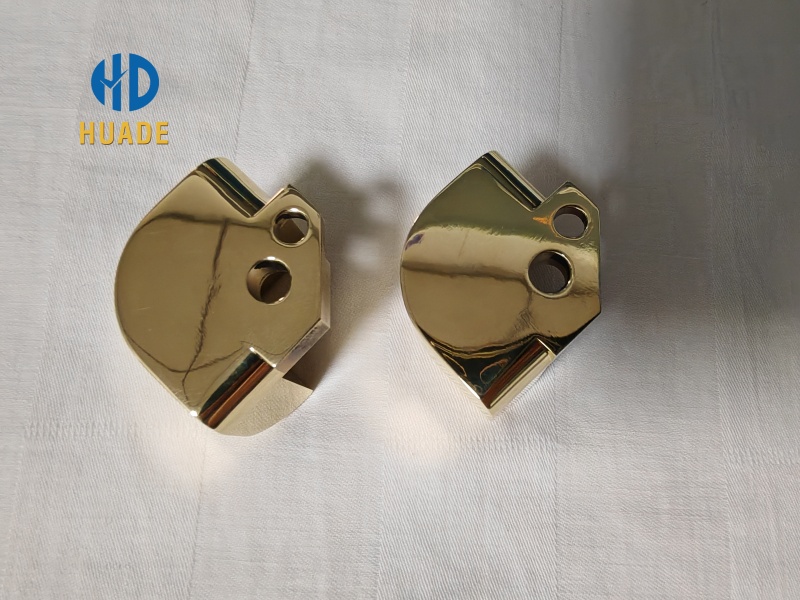Prototype Vintage Design: When Nostalgia Meets Precision Engineering
The allure of prototype vintage design isn’t just nostalgia—it’s a technical challenge. From classic automotive panels to retro electronics casings, recreating discontinued components demands more than artistry; it requires absolute dimensional fidelity. This is where prototype machining becomes indispensable. Unlike mass-produced replicas, CNC technology captures subtle curves, engraved logos, and mechanical interfaces of vintage designs with micron accuracy. For restorers, engineers, and retro-product creators, CNC isn’t just a tool—it’s a time machine ensuring every bolt hole aligns with a 1960s blueprint or a 1980s circuit board mount.
The Hidden Complexities of Vintage Replication
Recreating prototype vintage design seems straightforward until you encounter:
Material Ghosting: Original bakelite, magnesium alloys, or cold-rolled steel may no longer exist. CNC testing with modern equivalents (e.g., PEEK for bakelite, 6061-T6 for vintage aluminum) ensures functional and aesthetic parity. For a 1950s tractor restoration, CNC-machining 15 material variants matched the original’s vibration dampening—preventing costly failures when integrating new parts with antique assemblies.

Reverse Engineering: With faded blueprints or damaged originals, laser scanning + CAD reconstruction guides prototype machining to fill gaps without compromising authenticity.
Low-Volume Viability: Stamping or casting legacy parts is cost-prohibitive. CNC enables batches of 1–50, making prototype vintage design economically feasible.
A case in point: reproducing a 1970s synthesizer enclosure. Original ABS molds were lost, but CNC-machined aluminum prototypes validated fit with rare internal components before final production.
Prototype Machining: Bridging Craftsmanship & Digital Precision
True prototype vintage design avoids the “uncanny valley” of replicas. CNC achieves this through:
Surface Texturing: Mimicking hand-brushed metal or pressboard grain via precise toolpath programming.
Authentic Joinery: Recreating dovetail slots, rivet-less seams, or hidden fasteners critical to vintage aesthetics. Consider pre-war furniture replication: CNC achieves sub-0.1mm consistency in dovetail joints—preserving the handmade illusion while ensuring structural integrity.
Functional Testing: Machining prototypes in original materials (e.g., brass, zinc) to test corrosion resistance or thermal behavior. Example: Restoring a 1950s camera required a titanium lens mount. CNC prototyping ensured light-sealing properties matched while enhancing durability.
Beyond Restoration – Vintage Design in Modern Innovation
Prototype vintage design isn’t just about preservation. Forward-thinking brands leverage it for:
Retro-Tech Products: New devices with vintage aesthetics (e.g., Bluetooth speakers in 1930s radio styling). CNC prototypes validate assembly feasibility.
Heritage Brand Extensions: Luxury watch brands use prototype machining to recreate Art Deco casings. One Swiss manufacturer reduced prototyping costs by 70% by CNC-machining “aged” brass prototypes for patina testing—enabling historically accurate limited editions.
Hybrid Materials: Combining walnut veneers with CNC-machined brass frames for tactile authenticity.
Conclusion: Keeping History Alive, One Precision Cut at a Time
Prototype vintage design thrives where passion intersects with technology. Prototype machining transforms faded sketches and worn components into functional heritage—whether for museums, collectors, or designers reimagining the past. The result isn’t replication; it’s resurrection with modern reliability. CNC democratizes heritage preservation, empowering creators to resurrect everything from 1930s streamline moderne curves to 1970s synth panels before blueprints decay. As physical archives fade, this technology ensures yesterday’s brilliance inspires tomorrow’s creations.
CALL TO ACTION:
Reviving a legacy design? Submit Technical Drawings for a Material Compatibility & Feasibility Report at www.hdproto.com/contact – includes vintage material cross-references.
